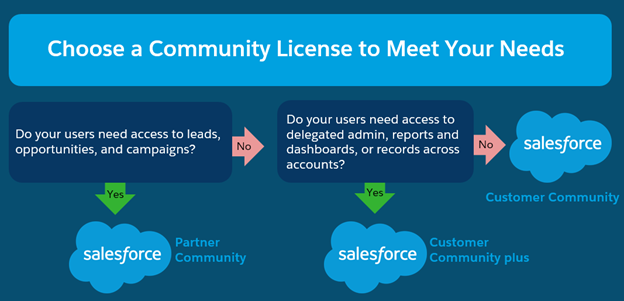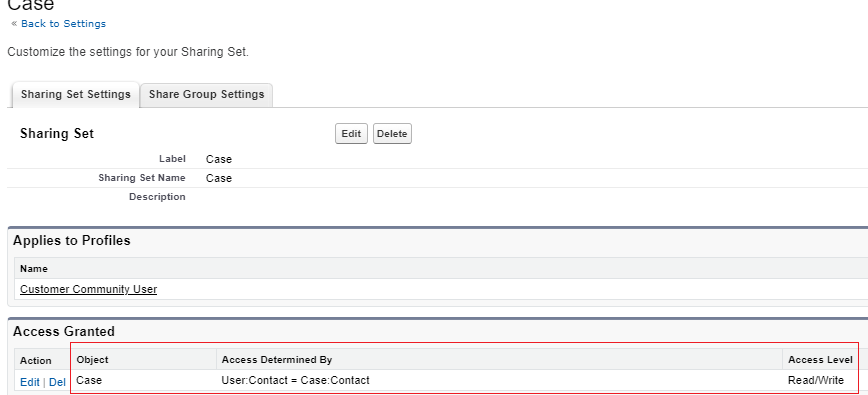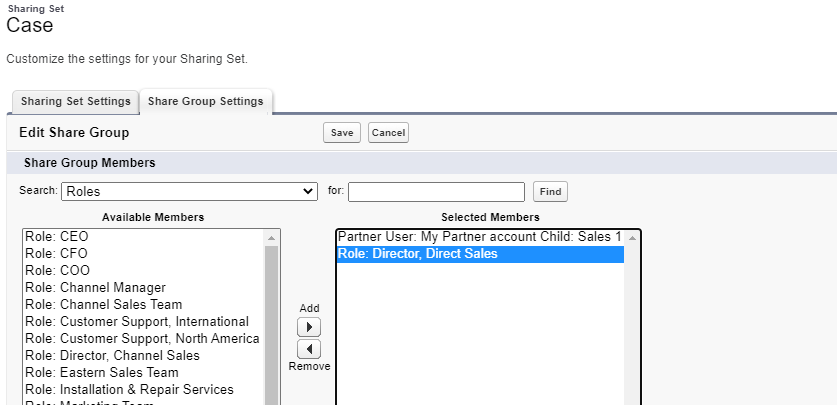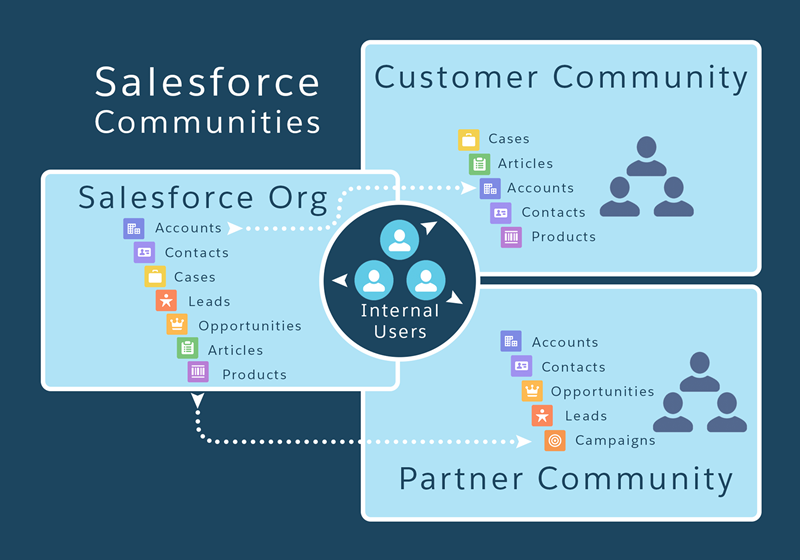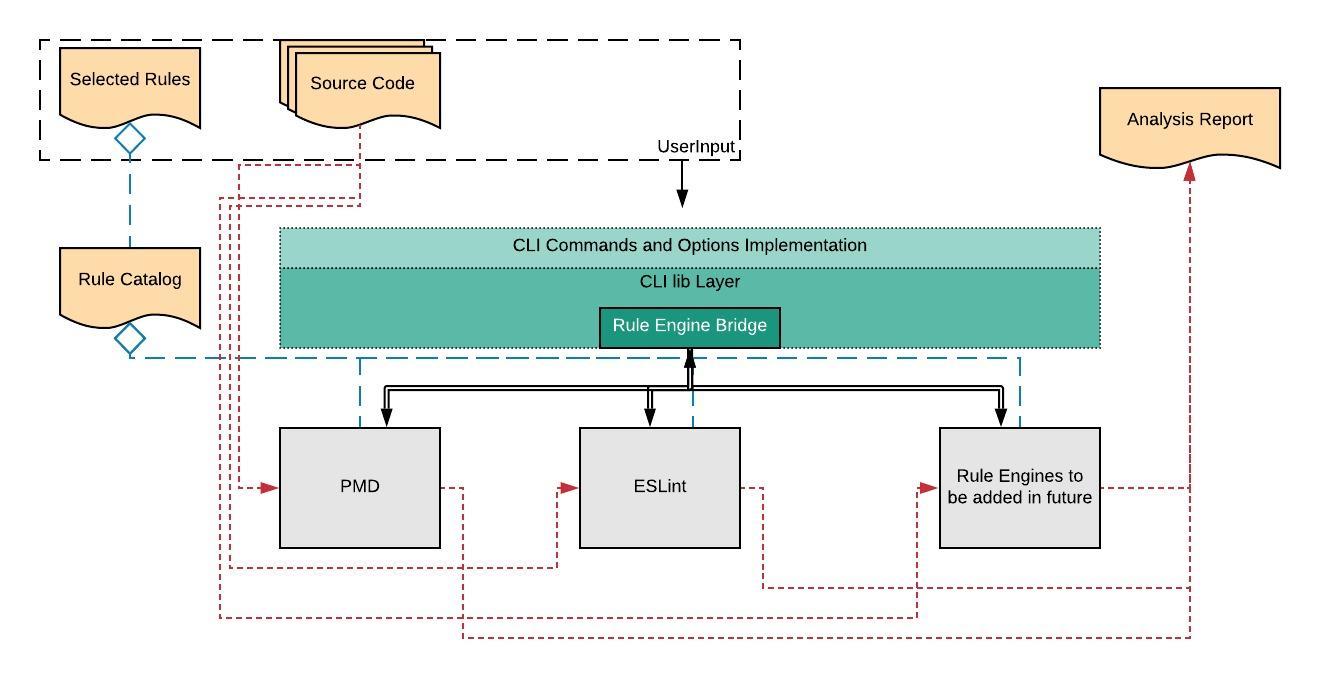An architect can design Slack Integration with Salesforce in 3 ways:
- Salesforce provides a free AppExchange manage package by which a developer can seamlessly automate the bidirectional integration between Slack and Salesforce
- There are Slack Apps like Rattle, Troops that provide Salesforce integration capability from the third party. Also, explore Apps in the Slack App directory for other kinds of integration capability
- Build your own integration in Salesforce using Slack Webhook

- Salesforce for Slack: An AppExchange App by Salesforce to seamlessly send Salesforce records to a Slack channel. Trailhead provides a robust hands-on module on this https://trailhead.salesforce.com/content/learn/projects/integrate-salesforce-with-slack/install-salesforce-for-slack-and-grant-permissions
- Slack Apps by Third Party: There are many Third party apps to achieve Salesforce integration, few are even free.
- Troops is a very interesting App, update Salesforce record directly from Slack. It automates many Slack workflows. Troops is now a Salesforce company. https://www.troops.ai/
- Rattle provides robust Salesforce and Slack integration capability, it’s a license-based product. https://www.gorattle.com/
- A developer can build its own integration in Salesforce using Slack API and Webhook. below are high-level steps:
- Create an Incoming WebHook in the Slack workspace
- Whitelist the Webhook URL in Salesforce Remote Site Setting
- Build an APEX class with an Invocable method to call the webhook URL and send the Slack Request. Make use of JSON Generator class to serialize the JSON with standard encoding https://developer.salesforce.com/docs/atlas.en-us.apexref.meta/apexref/apex_class_System_JsonGenerator.htm Also make use of Slack message formatting documentation to format the text for app surfaces https://api.slack.com/reference/surfaces/formatting.
- That invocable method now can be called from a Flow or APEX.









